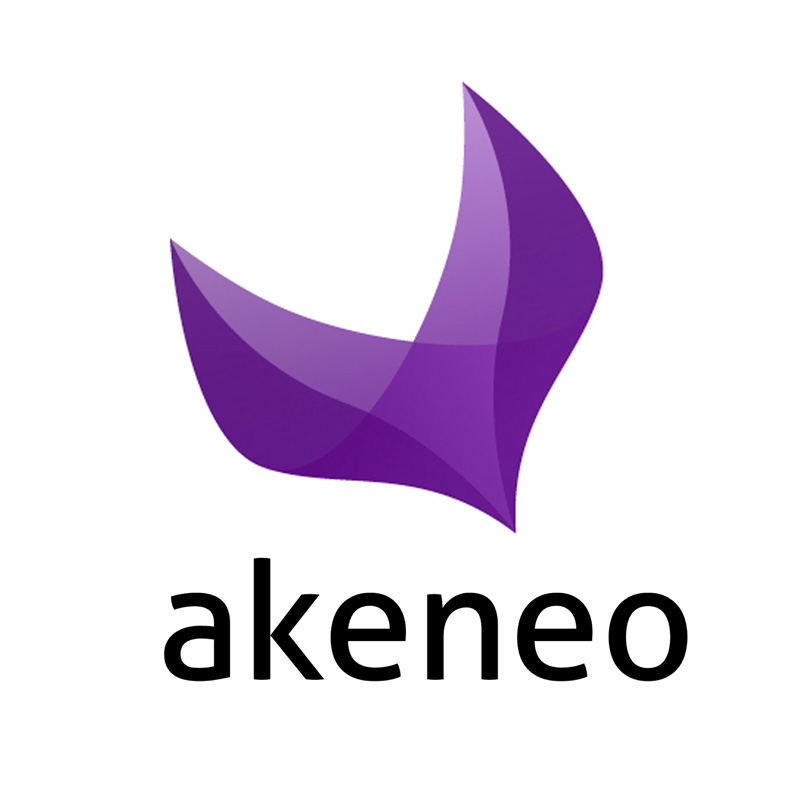When we teamed up with our friends at Akeneo last month to begin planning our upcoming webinar, Expanding Across Borders, we had no idea how quickly and dramatically the world would change in the few weeks that would follow.
Now that everyone has settled into their “new normal,” we’re excited to offer an opportunity for people to come together (virtually, of course) to learn about the latest trends and insights around cross-border commerce from our expert panelist, Ulla Weinigel Bergvall, Customer Service Director at Pierce AB.
Personally, my new routine has included exploring the full discographies of some of my favorite bands as I work from home. This week, I’m diving into Led Zeppelin, one of the most famous British rock bands of all time. The title of the first song on their debut album, “Good Times Bad Times,” got me thinking about where we’ve found ourselves in this moment in history, how we ended up here, and, ultimately, what we’re going to do about it.
A Little Historical Perspective
When you look back in history, there have been plenty of ups and downs. Take just the last 100 years for example—we’ve seen a lot of good times (major medical advancements, a man on the moon, the Internet) and plenty of bad times, as well (two world wars, the Great Depression, major natural disasters).
While we’re certainly living through an extraordinary time right now, I find some comfort in knowing that we’ve persevered through worse in the past. Much worse, in fact.
The year that comes to mind specifically is 536 CE:
“A cataclysmic volcanic eruption in Iceland spewed ash across the Northern Hemisphere early in 536. Two other massive eruptions followed, in 540 and 547…A mysterious fog plunged Europe, the Middle East, and parts of Asia into darkness, day and night—for 18 months…Snow fell that summer in China; crops failed; people starved. The Irish chronicles record ‘a failure of bread from the years 536–539.’ Then, in 541, bubonic plague struck the Roman port of Pelusium, in Egypt. What came to be called the Plague of Justinian spread rapidly, wiping out one-third to one-half of the population of the eastern Roman Empire and hastening its collapse.”
Suddenly being forced to stay home, order takeout, and binge entire seasons of old TV shows doesn’t seem so bad!
Fast forward to today and it’s clear we have much to be grateful for, even in this new age of worry and uncertainty: namely, a digitally connected world that gives us the ability to not just work and socialize from home but also coordinate a rapid response to the current challenge and fight back hard against this virus in a way that has never before been possible.
As for businesses, there are many examples of companies successfully navigating tough times throughout history (DuPont, Hewlett Packard, Nokia, Berkshire Hathaway, and Apple, to name just a few). When we look at these companies, one thing becomes clear: Adaptability is key to businesses succeeding under any circumstances.
How PIM + Translation Management Systems Can Help You Adapt
The popularity of PIMs continues to increase, as they are quickly becoming the main repository for brands to store their content. Additionally, new technology innovations are giving a growing group of consumers and companies alike access to the Internet and pushing commerce forward. It’s clear that cross-border commerce is a trend that is likely to increase in the coming years.
However, some challenges stand in the way. The adaptation and translation of written product descriptions, product measurements and data, multimedia assets, and other pieces of product information is often a time-consuming, labor-intensive, and resource-heavy process, one that is frequently fraught with potential pitfalls and errors that could spell disaster for even the most well-considered cross-border expansion plans. From simple language translation and unit conversion to more precise localization and even complying with the local rules and regulations, these roadblocks can slow down expansion efforts or cause brands and retailers to struggle in new markets. This is what makes it imperative to ensure that product information is comprehensive, relevant, and accessible—and why expanding businesses would be wise to invest in PIM.
By using a robust PIM solution and automated translation features, these processes can be made easier, more efficient, and more profitable for companies that do decide to take on the cross-border challenges. PIM solutions have helped many companies like yours become cross-border success stories and cut down time-to-market by as much as 300 percent, boost sales by 400 percent, and reduce returns, all while making your marketers more productive.
Great challenges present us with great opportunities, and Translations.com and Akeneo are here to help your business navigate, adapt, and succeed.
Join us on June 4th for our Expanding Across Borders webinar, download a free copy of our latest joint-white paper, or reach out to us directly at partnerlink@translations.com.
About Translations.com
Translations.com is the world’s largest provider of enterprise localization services and technology solutions. From offices in over 100 cities on six continents, Translations.com offers a full range of services in 170+ languages to clients worldwide. More than 5,000 global organizations employ Translations.com’s GlobalLink® Product Suite to simplify the management of multilingual content. Translations.com is part of the TransPerfect family of companies, with global headquarters in New York and regional headquarters in London and Hong Kong. For more information, please visit www.translations.com.


